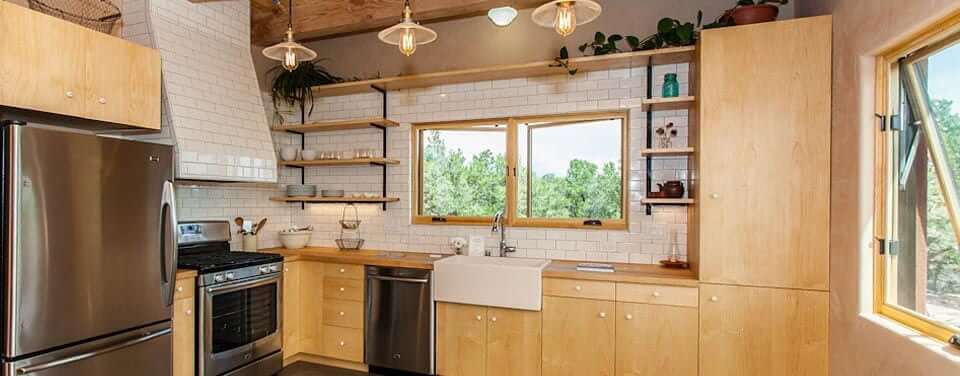
Indoor Air Quality is a Priority With Our Home Builds
It is well known that we all face an onslaught of environmental toxins—imagine standing outside on a busy street corner.
However, most people spend 90 percent of their time indoors. According to the U.S. Environmental Protection Agency (EPA), the air inside the average building is up to five times more polluted than the air outside, even when compared to the largest and most industrialized cities.
In addition, the EPA states that poor indoor air quality is the fourth largest environmental threat to our country.
We Have Control Of Our Indoor Air
While we have little control over the air on the street corner, we do have some control over the indoor air quality in our homes. Poor indoor air quality is linked to a host of health problems, including asthma, allergies, and even some cancers.
Many people are aware that homes can contain biological pollutants such as mold and mildew; animal dander; disease-carrying pests; and pollen. Homes in our region can also contain radon, a naturally occurring radioactive gas that rises out of the ground and can accumulate in our living spaces.
Chronic radon-gas exposure is the second leading cause of lung cancer, according to the American Lung Association.
The good news is that radon is easily tested for and mitigated. In addition, potentially deadly combustion pollutants such as carbon monoxide from fuel-burning appliances are easily monitored with an affordable carbon monoxide detector.
Volatile organic compounds (VOCs) are dangerous chemical compounds prevalent in the built environment. Formaldehyde is a cancer-causing VOC that is found in adhesives, carpets, and engineered wood products such as kitchen cabinets, furniture, and flooring. Many paints, stains, cleaning products, and even furniture can be high in VOCs. These compounds can off-gas into our living spaces for months or even years.
Let’s Build & Remodel Toxin Free Homes:
Luckily, an ever-growing selection of low- and no-VOC products is making its way into the mainstream. If you are building or remodeling a home, require that the finishes and products installed in your space are free from known toxins.
Also, work with building professionals who understand how to avoid conditions that can eventually lead to mold, and assure that your foundation is radon-protected. If you are remodeling a home built before 1978, assure that your remodeler is an EPA-certified lead-based-paint renovator, and thus avoid the introduction of lead dust into your home.
Getting Fresh Air in Santa Fe Homes:
Getting fresh air into the home is critical in assuring high-quality indoor air. Leaving windows open is not always advisable, thus mechanical means such as energy recovery ventilation systems (ERVs) are a good option to bring in pre heated/cooled air that is HEPA-filtered.
All new homes built in the City of Santa Fe are required to have radon-proof construction and meet national indoor air quality standards (ASHRAE 62.2). All green-certified homes ascribe to ASHRAE 62.2, and typically go well beyond that by using nontoxic interior finishes and mold preventative building techniques.



